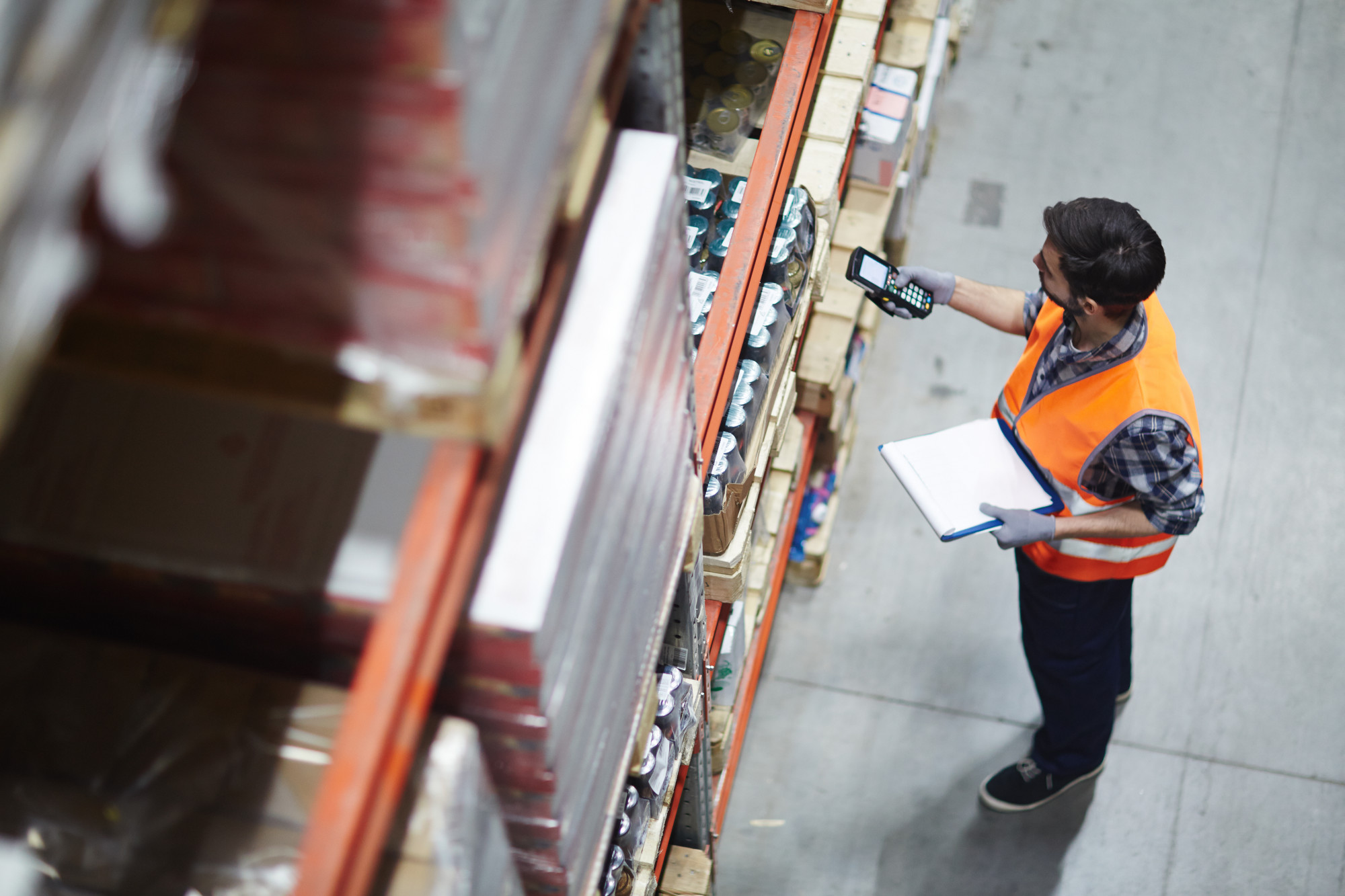
What Is Material Handling (And Why Is It Important?)
Material handling practices enable companies to manage and transport a range of goods.
However, it involves more than solely handling inventory. It encompasses the protection and storage of goods. It also includes the control of materials and products in warehouses and factories.
Furthermore, it includes the movement of goods throughout the product lifespan. This lifespan includes manufacturing, warehousing, distribution, and consumption. Material handling also encompasses product disposal.
For the answer to the question, “What is material handling?” and why it’s important, read on.
Contents
What Is Material Handling?
You may wonder, “What is a material handling job?” In this field, employees complete the tasks needed to move goods. They do so safely within a warehouse and from one destination to another.
The practice involves the use of manual, semi-automatic, and automated equipment. It may also involve the use of single-level and multilevel storage as well as conveyor systems.
It encompasses the loading and unloading of goods. It also includes the movement of goods in a warehouse or factory.
However, it’s mostly about efficiency. The efficient movement of goods is needed to respond to consumer demand.
It’s also necessary to adapt to changing warehousing requirements quickly. Furthermore, inbound material handling is as important as outbound material handling.
There are four key aspects to the efficient flow of goods. They’re time, movement, space, and quantity.
On a small scale, employees may use a forklift to move inventory from storage to trucks. On a larger scale, an operation may also include a conveyor system. This kind of system moves inventory around large distribution centers.
The time that goods remain in storage is also an important factor for operators. Additionally, facility operators must make good use of every inch of available space.
Why Materials Handling Matters
For warehouse operators, it’s just as important to handle incoming goods efficiently. Companies must meet not only the needs of customers but also those of the enterprise.
Furthermore, the layout of a facility is an important part of material handling. For instance, warehouse managers locate related workstations close together. They do this to make it easier for staff members to do their work.
You may wonder, “What is material handling equipment?” Material handling equipment is the tools that workers use to identify and move goods. These tools might include forklifts, label makers, and shelving.
Still, material handling isn’t just about equipment. It’s also about planning. By planning a floor layout carefully, facility managers can maximize productivity.
What Is an Automated Material Handling System?
To answer the question, “What is an automated material handling system?” it is an automated warehouse.
Material handling involves moving goods a short distance inside of a warehouse. However, it also encompasses moving goods from storage areas to vehicles for transportation.
To accomplish a task, employees use a mix of manual, semi-automated, and automated tools. These tools help workers to control, protect, and store goods. In warehouses, shops, and manufacturing facilities across the nation, companies deploy similar practices.
With automation, operators use technology to create time and space. It plays a critical role in enabling production workers to do their jobs.
Automation makes it easy for workers to move goods from one place to another quickly. However, it’s not about making things easier. It’s also about enabling each employee to do far more work with the aid of automation.
Accordingly, automation design is a critical aspect of operating modern material handling facilities. It’s also essential in reducing incidents of employee injuries.
Automated material handling encompasses any technology that aids in material handling. It reduces the need for employees to sort, move, or inventory goods.
Automated facilities use a mix of technologies. These technologies might include barcodes, sensors, and RFID tags.
Meanwhile, lasers monitor networks of conveyors, pulleys, and chutes in automated facilities. The lasers ensure that processes flow smoothly.
The Growing Importance of Material Handling
Warehouses and plants around the globe automate as many processes as possible. If it’s feasible and cost-effective, companies will use automated systems.
As time passes, technology is taking over many manual roles. However, it’s not possible to automate every task in a facility.
In these instances, companies make use of manual and semi-automatic equipment. Together, these resources help to boost worker productivity.
These tools help workers with everyday tasks. The tasks may include driving, unloading, and loading containers.
This kind of work is challenging and costly to automate. However, there are continual improvements in machine programming, sensors, and robotics.
As time passes, technology is becoming more affordable. Soon, more warehouses and manufacturers will have access to these innovations. They’ll enable warehouses to automate even more of the material handling process.
Material handling is repetitive and labor-intensive. However, automation can take over many of these repetitive tasks. This benefit enables workers to move goods even more efficiently.
However, automation also reduces the chances of operator error. As a result, more goods make it to their intended destination. Furthermore, automation helps to reduce material damage.
Automation also makes material handling in warehouses and factories safer. It assumes tasks that are dangerous for employees. Accordingly, automation also helps companies prevent losses due to worker injuries.
Technology Makes Life Happen
Automated material handling enables companies to manage and transfer large amounts of goods. Without it, people couldn’t access the things that they need to function.
Now you know the answer to the question, “What is material handling?” However, your learning journey doesn’t have to end here.
The things that people do with technology is amazing. What’s more, new technological developments emerge continually. Keep coming back for more news about the latest technology and trends that make life happen.


Comments are closed.